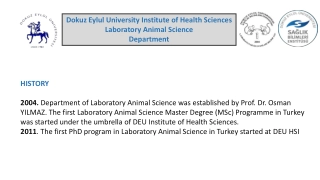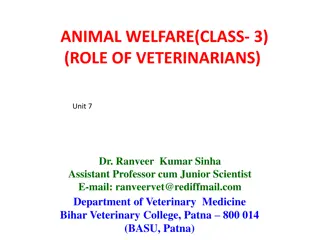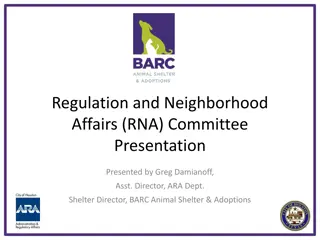
Fascinating Facts about Dolphins: Species, Behavior, and Habitat
Discover interesting details about dolphins, including their scientific classification, geographical locations, morphological structure, general behavior, feeding habits, and breeding habits. Explore the world of these intelligent marine mammals and learn about their diverse characteristics and lifestyles.
Download Presentation

Please find below an Image/Link to download the presentation.
The content on the website is provided AS IS for your information and personal use only. It may not be sold, licensed, or shared on other websites without obtaining consent from the author. If you encounter any issues during the download, it is possible that the publisher has removed the file from their server.
You are allowed to download the files provided on this website for personal or commercial use, subject to the condition that they are used lawfully. All files are the property of their respective owners.
The content on the website is provided AS IS for your information and personal use only. It may not be sold, licensed, or shared on other websites without obtaining consent from the author.
E N D
Presentation Transcript
DOLPHIN ---PRESENTED BY PRITY GHOSH CU ROLL NO : 223144-11-0010 CU REGISTRATION NO:144-1211-0308-22
SCIENTIFIC CLASSIFICATION {According to The life of vertebrate According to The life of vertebrate by J.Z Young, by J.Z Young,1981} KINGDOM Animalia PHYLUM Chordata SUBPHYLUM Vertebrate CLASS Mammalia ORDER Cetacea FAMILY Delphinidae GENUS Delphinus SPECIES Delphis SPECIMEN Delphinusdelphis COMMONNAME Short - beaked dolphin
TYPES OF SPECIES GEOGRAPHICAL GEOGRAPHICAL LOCATIONs LOCATIONs IMAGE IMAGE SPECIES SPECIES Delphinus delphis (Short beaked dolphin) The Atlantic and Pacific Oceans. Inia geoffresis (Amazon river dolphin) The Amazon and Orinoco river basins.
Geographical Geographical locations locations IMAGE IMAGE Species Species Stenobredanesis (Rough toothed dolphin) The Indian, Pacific and Atlantic Ocean. Orcaellaheinsohni (Australian snubfin dolphin) The Brisbane river.
MORPHOLOGICAL STRUCTURE BODY SHAPE : Torpedo-shaped bodies with non- flexible necks, tail fins, and bulbous heads. Color: Dark back, white underbelly. Teeth: 40 57 pairs of small, sharp teeth in each jaw. Dorsal fin: Hooked or curved. Brain: Thick brain stem, large cerebellum. HABITAT They are fond of coastal waters. Generally, they prefer surface temperatures greater than 10 degrees Celsius.
GENERALBEHAVIOUR: Common dolphins (Delphinusdelphis) are highly social and energetic animals. They are fond of coastal waters. Communicating: They communicate with each other using two voices. One voice is for navigation and location, and the other is for social communication Traveling: They spend 57% of their daylight time traveling. Taking turns: They take turns watching over those that are too active.
FEEDING BEHAVIOUR : Dolphins have teeth, but they don t chew their food. Instead, they grab, bite, and swallow They can eat up to 18 20 pounds of fish per day. The short-beaked common dolphin, eat small fish, squid, and octopus.
BREEDING HABIT : Mating: Dolphins are polygamous, meaning they can have multiple mates. Gestation period: The gestation period is 10 to 12 months. Offspring: Females typically give birth to one calf every three to five years. The range number of offspring is 1 to 3. Courtship: During courtship, dolphins engage in head-butting and tooth-scratching.
ACKNOWLEDGEMENT In the accomplishment of completion of my project on The short beaked dolphin . I would like to convey my special gratitude to our department of zoology Of Bangabasi Morning College. Your valuable guidance and suggestions helped me in various phases of the completion of this project. I will always be thankful to you in this regard. I am ensuring that this project was finished by me and not copied. THANK YOU THANK YOU






















